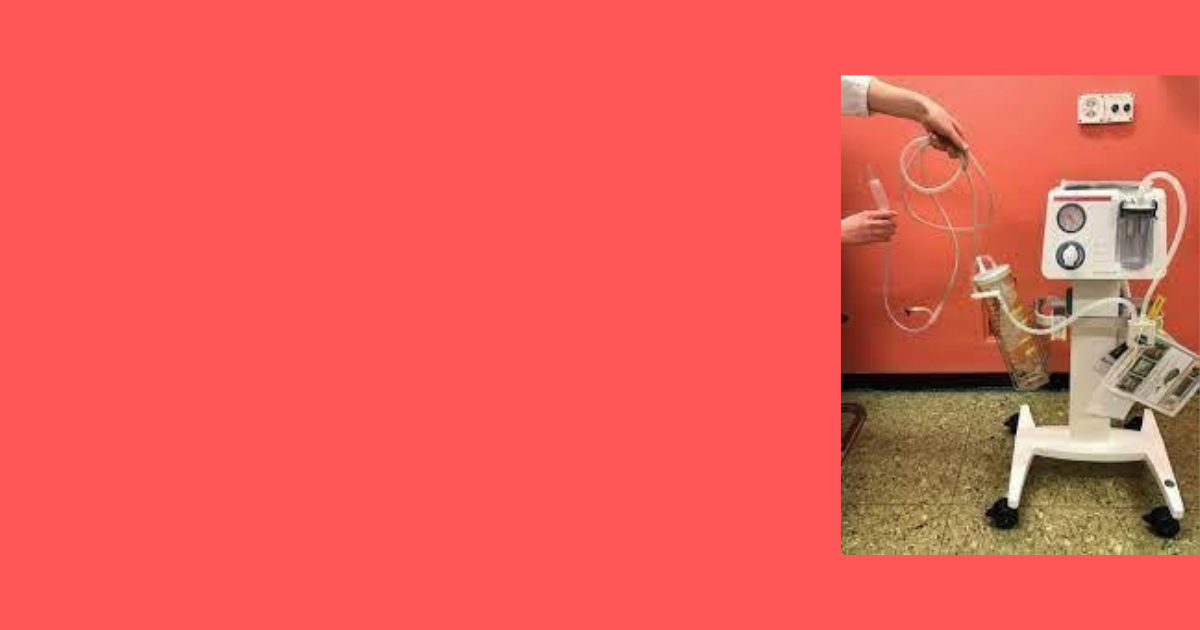One of the main causes for worldwide maternal morbidity and mortality is postpartum hemorrhage which is characterised by excessive bleeding after having a baby and it affects 1-5% of women who give birth. Mothers experiencing postpartum hemorrhage may require blood transfusions, long uncomfortable procedures, drugs with dangerous side-effects and even emergency hysterectomy with loss of fertility. It is a matter of great concern as its incidence is also on the rise, giving thrust to find new treatment approaches. So far non-surgical interventions done at the site of bleeding has been limited to balloon devices which expand the uterus while compressing the bleeding site.
Taking a note of this rising problem, a single-centre, observational cohort study was conducted at the Department of Obstetrics, University Hospital Zurich, Switzerland between 2017-2020. The result of which shows that vacuum-induced uterine tamponade by using a modified Bakri balloon system is a more successful treatment for postpartum hemorrhage. This newest advancement is a method that uses negative pressure created inside the uterus to collapse the bleeding cavity causing the muscle to close off the vessels.
66 women were treated with vacuum-induced tamponade, 2/3rd (44/66) of the women were treated with vacuum-induced tamponade due to uterine atony and 1/3rd (22/66) due to placental pathology. The median duration of vacuum application was 2.5 hours (interquartile range 1-4 hours). No adverse events directly related to vacuum-induced tamponade like perforation of the uterus, endomyometritis or anaphylaxis were observed. This method seems to provide a low-tech solution which has the potential to be translated to developing nations with low resource availability.
SOURCE: NCBI.NIM.NIH.GOV

